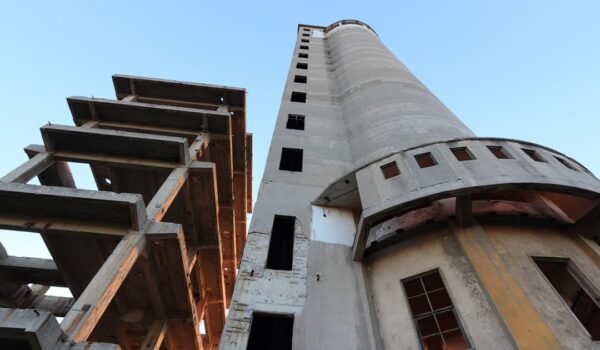Albania, a land with a rich and storied past, traces its roots back to ancient Illyria. This region, once inhabited by the Illyrians, became an integral part of the Roman Empire following its conquest in 167 BC. The Illyrians, who were renowned for their fierce independence and warrior spirit, contributed significantly to Rome’s military apparatus, including supplying the famed Praetorian Guard and even some of its emperors.
A Legacy of Struggle and Independence
The central narrative of Albania’s history is one of resilience and resistance against a backdrop of persistent foreign invasions and domination. Throughout centuries, Albania’s inhabitants have faced numerous challenges, struggling to maintain their autonomy in the face of overwhelming odds. The most notable chapter of this epic struggle is the heroic defense led by Gjergj Kastrioti, better known as Skanderbeg. As a military leader and national hero, Skanderbeg’s brilliance and courage were instrumental in repelling the relentless advances of the Ottoman Empire.
Under Skanderbeg’s leadership, Albania managed to thwart the Ottoman forces repeatedly. His tactics and strategy resulted in significant losses for the Turkish armies, which were dispatched by the Sultans in Istanbul with the aim of subduing and conquering the region. Despite Skanderbeg’s valiant efforts, the tide eventually turned against the Albanians. After Skanderbeg’s death in 1468, Albania fell under nearly five centuries of Ottoman rule, marking a period of profound suffering and subjugation.
Ottoman Rule and the Balkan Disintegration
During Ottoman rule, Albania was administratively divided into four provinces, or “vilayets”: Shkodra, Kosova, Manastir, and Janina. These divisions were part of the Ottoman Empire’s strategy to manage and control its vast territories. However, as the 19th century progressed and the Ottoman Empire began to weaken, the European powers started to dismantle it. The turning point came with the Russo-Turkish War, which culminated in the Treaty of San Stefano in 1878.
The Treaty of San Stefano, and the subsequent Berlin Congress, significantly altered the political landscape of the Balkans. In the aftermath, Albania was unfairly penalized and its territories were fragmented. Major portions of the Vilayet of Shkodra were ceded to Montenegro, the Vilayet of Kosova was assigned to Serbia, the Vilayet of Manastir to Macedonia, and the Vilayet of Janina to Greece. This division further complicated Albania’s quest for national unity and independence.
A Fragile Independence and Modern Era
Albania’s struggle for sovereignty did not end with the Ottoman Empire’s decline. On November 28, 1912, Albania declared its independence, a milestone that marked the beginning of a new chapter in its history. However, this independence was short-lived and came amid a complex geopolitical environment in the Balkans.
In the years following its declaration of independence, Albania faced numerous challenges, including political instability and territorial disputes. The country’s journey through the 20th century was marked by periods of upheaval and change, including the impact of communist rule under Enver Hoxha, which lasted until the early 1990s.
Today, Albania stands as a testament to the resilience and enduring spirit of its people. From the ancient Illyrians to modern Albanians, the nation’s history reflects a continuous struggle for self-determination and identity. As Albania navigates the complexities of the modern world, its historical legacy of bravery and perseverance continues to inspire its journey towards a prosperous future.

